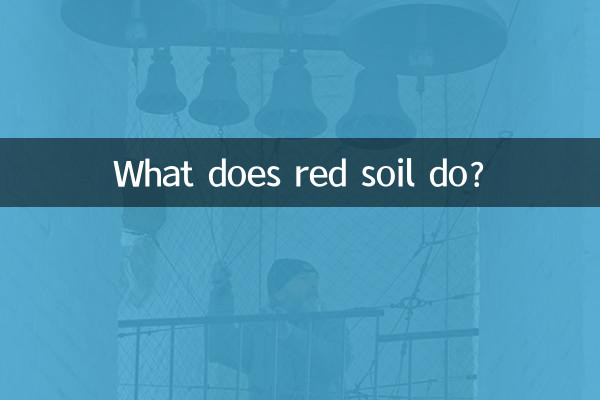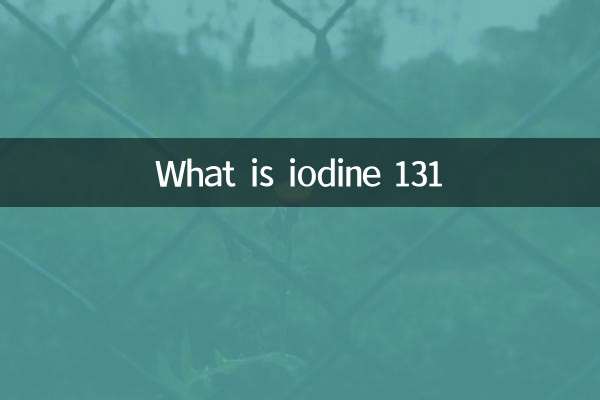What does red soil do?
Laterite is a common soil type that is red in color due to its rich iron oxide content and is widely distributed in tropical and subtropical regions around the world. In recent years, red soil has received widespread attention in agriculture, construction, environmental protection and other fields due to its unique physical and chemical properties. This article will discuss the role of red soil and its application prospects based on the hot topics and hot content on the Internet in the past 10 days.
1. Basic characteristics of red soil

The main components of laterite include clay minerals, iron oxide and aluminum oxide. Its pH value is usually acidic and has good air permeability and water retention. The following are the main properties of red clay:
| Features | Description |
|---|---|
| color | Red or reddish-brown color due to high iron oxide content |
| texture | Mainly clay minerals with fine particles |
| pH value | Usually 4.5-6.5, slightly acidic |
| Water retention | Better, suitable for plant growth |
2. The main function of red soil
Laterite has important application value in many fields. The following are its core functions:
1. Agricultural use
Due to its good water retention and mineral content, red soil is suitable for growing a variety of crops, especially tea, rubber and tropical fruits. Hot topics in the past 10 days show that the use of red soil in organic agriculture and sustainable planting has increased significantly.
| Crop type | The contribution of red soil |
|---|---|
| tea leaves | Provide an acidic environment suitable for tea tree growth |
| Rubber | Clay minerals aid root development |
| tropical fruits | Good water retention, reducing irrigation requirements |
2. Architecture and Engineering
Laterite is widely used for making bricks, pottery and road base materials due to its viscosity and stability. Recently popular content mentioned that laterite bricks have become the new favorite of green buildings due to their environmentally friendly properties (no need for high-temperature firing).
3. Environmentally friendly applications
Red soil has strong adsorption capacity for heavy metals and organic pollutants and is often used for soil remediation and water treatment. Latest research shows that laterite-modified materials can effectively treat lead and cadmium in industrial wastewater.
3. Market Prospects of Red Clay
According to recent market data analysis, the demand for red clay-related products shows the following trends:
| Application areas | Growth rate (2023-2024) |
|---|---|
| organic farming | 15% |
| Environmentally friendly materials | 22% |
| green building | 18% |
4. Precautions when using red clay
Although red clay has many uses, there are a few things to note when using it:
1.Acidity regulation: Lime may need to be added to neutralize acidity before planting.
2.Nutrient supplement: Red soil itself has low fertility and needs to be used with organic fertilizer.
3.geological differences: The composition of red soil in different regions may vary greatly and requires targeted treatment.
Conclusion
As a versatile natural resource, laterite shows great potential in agriculture, construction and environmental protection. With the advancement of sustainable development and green technology, the value of red soil will be further explored. In the future, through scientific improvement and technological innovation, red soil may become one of the important resources to solve food security and environmental problems.

check the details

check the details